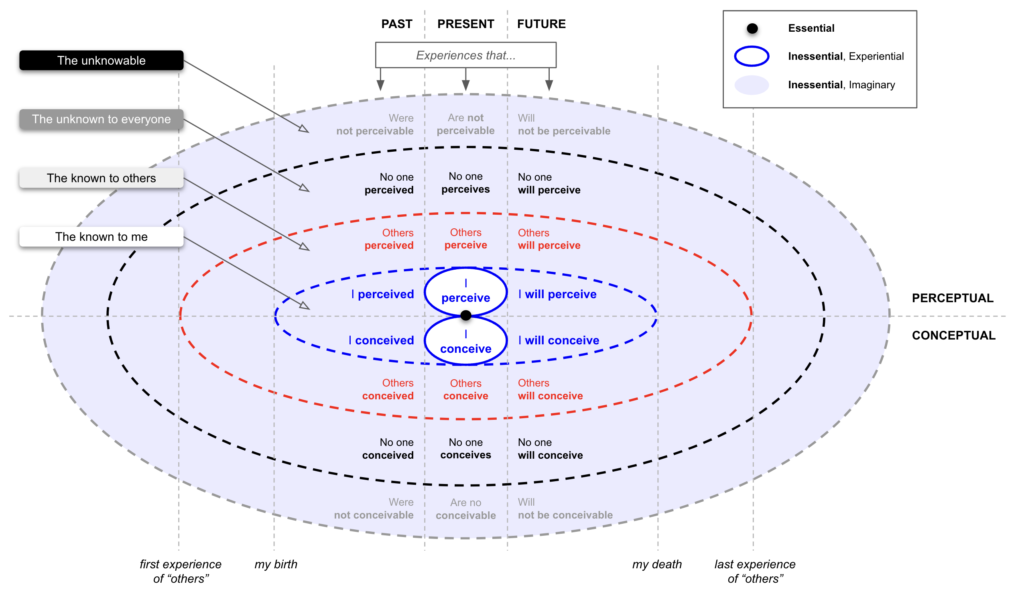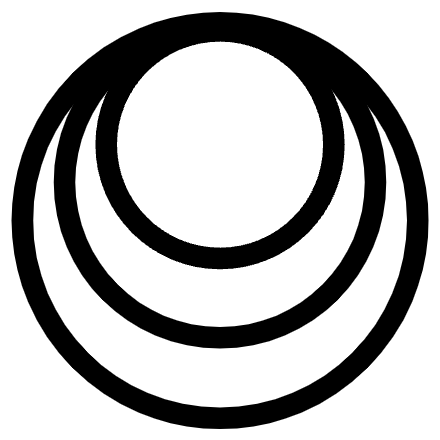I can measure my existential alignment by asking myself a single question:
What do I not know?
If I can quickly recite or imagine things I do not know, then my orientation is inessential. The totality of everything that is knowable is a fluid quantity that I decide. When I believe there are things I do not know, then there are. It is merely a belief.
I can understand the nature of the second place by considering the following:
- I can experience jumping. I am not jumping right now, and therefore me jumping does not exist until I jump.
- I can experience Russia. I am not experiencing Russia right now, however I believe that Russia does exist right now.
Why do I treat these two situations differently? Why is my experience of jumping different than my experience of a place?
They actually are not different. They are both actions; one is simple, and one is complex. They both expose the same basic principle: everything I imagine is a potentiality. I can experience jumping. And I can experience Russia. I can watch other people jumping. And I can watch other people experiencing Russia. But until experience them, they are only possibilities I can imagine.
Both jumping and Russia are imaginary potentialities. The diagram below shows the entire range of my experience. Every single conceptualization and perceptualization can be placed into this diagram.

To reorient toward the essential, I must systematically challenge, undermine, and deconstruct all imaginary aspects of my inessential existence, starting with the outermost ring I have labeled “the unknowable”. With effort, I strip away the reality that I have invested into everything imagined until I am able to concentrate on my immediate inessential. My mind does not race into the unknowable past or future; it remains firm and focused.
In time, my answer to the above question is “nothing”, for I know that I know everything. I know that it is a choice.
…
